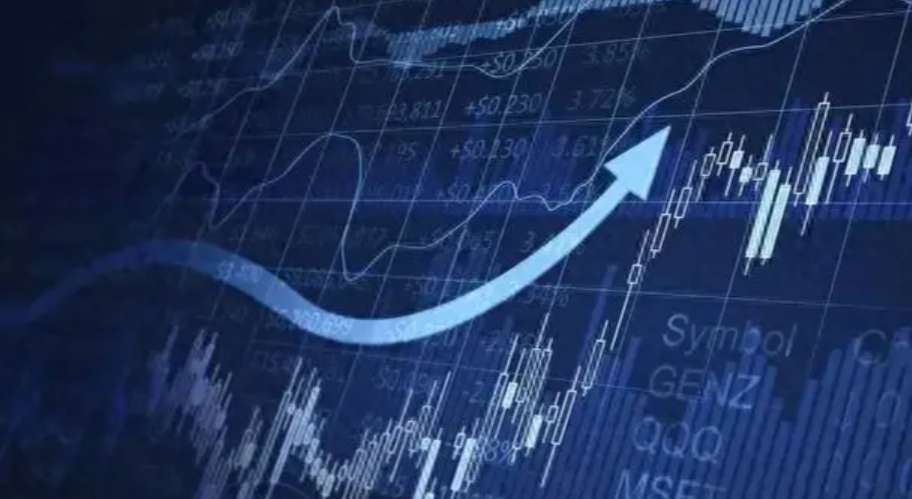As global markets brace for the upcoming Consumer Price Index (CPI) data release tonight, investors and analysts alike are poised to glean insights into the future trajectory of U.S. monetary policy, particularly regarding potential interest rate cuts by the Federal Reserve. The performance of gold prices, often influenced by monetary policy decisions, remains a point of contention among market players in light of the ever-present inflation concerns.
Set to be unveiled at 9:30 PM Beijing time on February 12th, the January CPI figures are expected to reveal persistent inflationary pressures, primarily stemming from price hikes in key consumer goods like new and used cars. Economic forecasts suggest that the overall CPI may indicate a month-over-month increase of around 0.3%, keeping the annual rate afloat at approximately 2.9%. Core inflation metrics, which exclude the more volatile categories of food and energy, are anticipated to record a similar monthly rise, thereby signaling the resilience of consumer pricing.
This year, gold has notably surged to new highs on eight separate occasions, driven largely by uncertainties surrounding trade tariffs as articulated by the U.S. administration. Such market dynamics place the price of gold into the realm of $3,000 per ounce, a psychological threshold which many see as the next rallying point. Consequently, market enthusiasm for gold could be tempered based on the implications the new CPI data has for the Federal Reserve's future policies regarding interest rates.
While inflation had seen a marked decline from the highs recorded in 2022, it is still hovering above the Federal Reserve's targeted levels. The erratic nature of inflation forecasts is compounded by uncertainty surrounding U.S. trade policies that may exacerbate prices in the near future. Analysts emphasize that the robust job market affords Fed officials the flexibility to refrain from acting hastily, as they await more concrete inflation data and clarity on Washington's policy directions.
A recent report by the New York Federal Reserve, detailing public opinion on inflation expectations, reveals that American consumers have maintained a cautious outlook regarding short-term inflation. Their responses suggest that, while one- and three-year inflation expectations remain steady at 3%, five-year expectations have climbed to 3%, up from 2.7% seen in December. Furthermore, the survey indicates increasing concerns regarding substantial price hikes in everyday expenses such as food, gasoline, rent, tuition fees, and healthcare costs, signaling a potential strain on household budgets.
This sentiment diverges from findings by the University of Michigan, which presented a more pessimistic view on consumer confidence, with one-year inflation expectations soaring from 3.3% in January to 4.3% in February. This notable increase in inflation expectation occurs amidst a broader decline in consumer confidence, an essential indicator of economic health.

Recent commentary from the Cleveland Federal Reserve reinforces these trends, illustrating a consensus among corporate executives that inflation pressures could diminish over the coming year. They predict a decrease in CPI growth from 3.8% projected for Q4 2024 down to 3.2%, illustrating a cautious optimism regarding the economy's inflationary landscape.
In this context, it is critical to understand how inflation expectations shape actual pricing mechanisms. Federal Reserve officials appear to recognize the significance of stable inflation expectations as a crucial foundation for achieving their 2% target. Josh Hirt, a senior economist at Vanguard Group, maintains a watchful stance on inflation prospects, considering how high base rates from early in 2024 could inflate monthly data appearances. Hirt's analysis references the notion that gradual improvement in month-to-month inflation aligns closely with the Fed's desired outcomes, despite the looming influence of new tariff policies creating potential headwinds for price relief.
As signs of easing inflationary pressures in housing and rent surface, the interplay between varying economic factors continues. However, Hirt warns that the substance of new tariffs, coupled with persistent wage growth, leaves open the possibility for inflation to remain elevated in the coming months. Analysts largely anticipate that surges in prices for both new cars and used vehicles will push core inflation rates upward in January, with ongoing upward pressures in various services and commodities.
Market participants are increasingly skeptical about the pace of Federal Reserve interest rate cuts. Following a notably stable jobs report, the consensus among economists suggests we may see little movement in monetary policy through March. Hirt indicates that as the labor market demonstrates resilience, the Fed can afford patience, abstaining from immediate action until inflation levels show clearer signs of convergence towards established targets.
Data aggregated through the CME FedWatch Tool illustrates a stark decrease in market expectations for rate cuts in March, with the probability now sitting at 8.5%—down from 24% a month ago. Predictions for a potential cut at the June meeting sit near 43%, indicating significant caution among investors in their outlook on Fed policy adjustments.
Further underscoring this cautious landscape, some strategists opine that rate cuts may not materialize at all during 2024. A recent report from Bank of America encapsulates this sentiment, positing that the robust labor market and inflation levels exceeding targets signal the end of the Federal Reserve's rate-cutting cycle. Their analysis underscores a broader trend toward understanding the interconnectedness of economic indicators influencing monetary policy, drawing attention to the need for comprehensive strategies in navigating an ever-evolving economic environment.
The intricate tapestry of inflation, consumer expectations, and Federal Reserve policy continues to unfold, with market participants remaining watchful in anticipation of how tonight's CPI data will shape the future of the U.S. economy and, consequently, the global financial landscape. Whether the anticipated trends in inflation will ultimately resolve in favor of consumer relief and broader economic stability remains a key question hanging over financial markets.